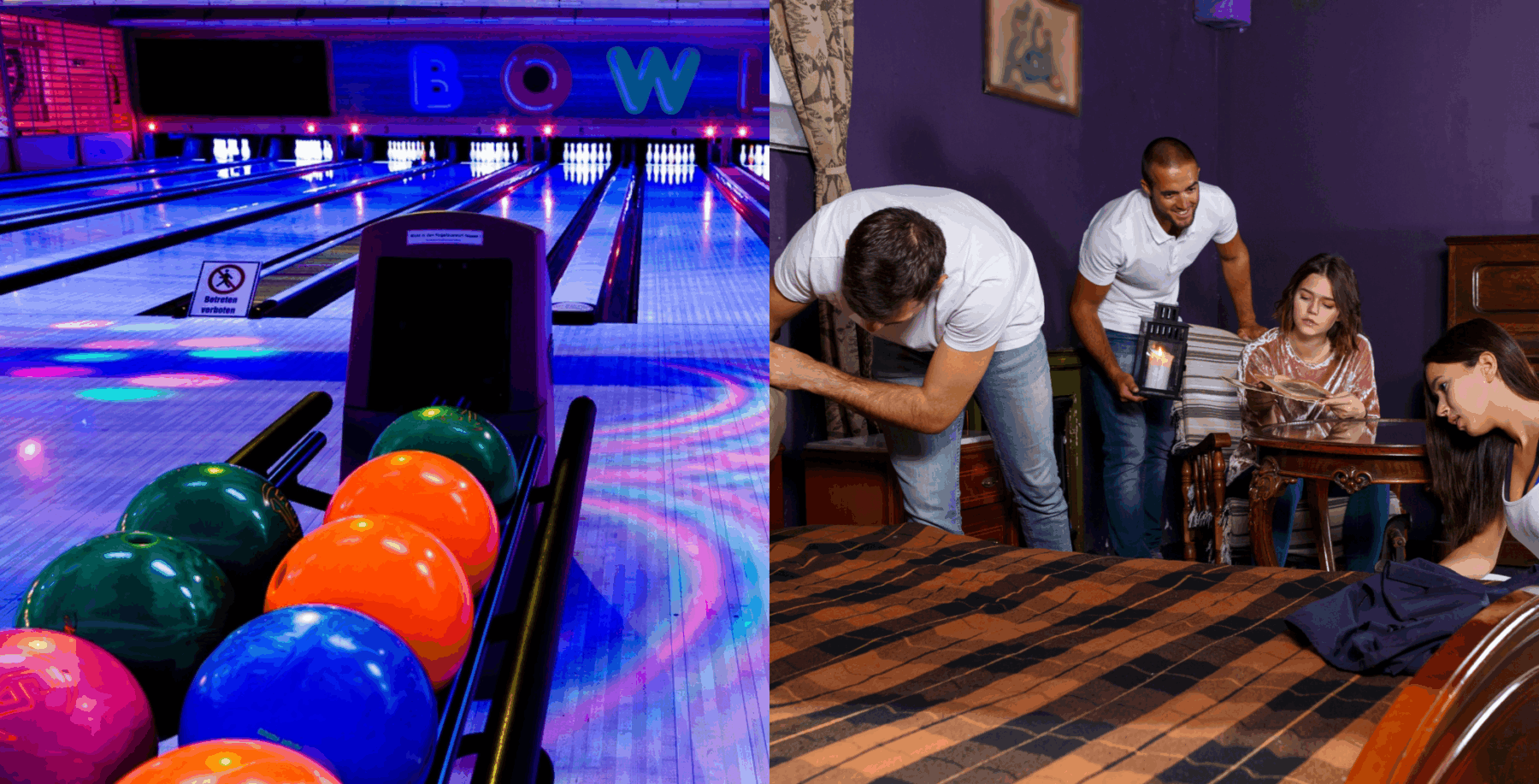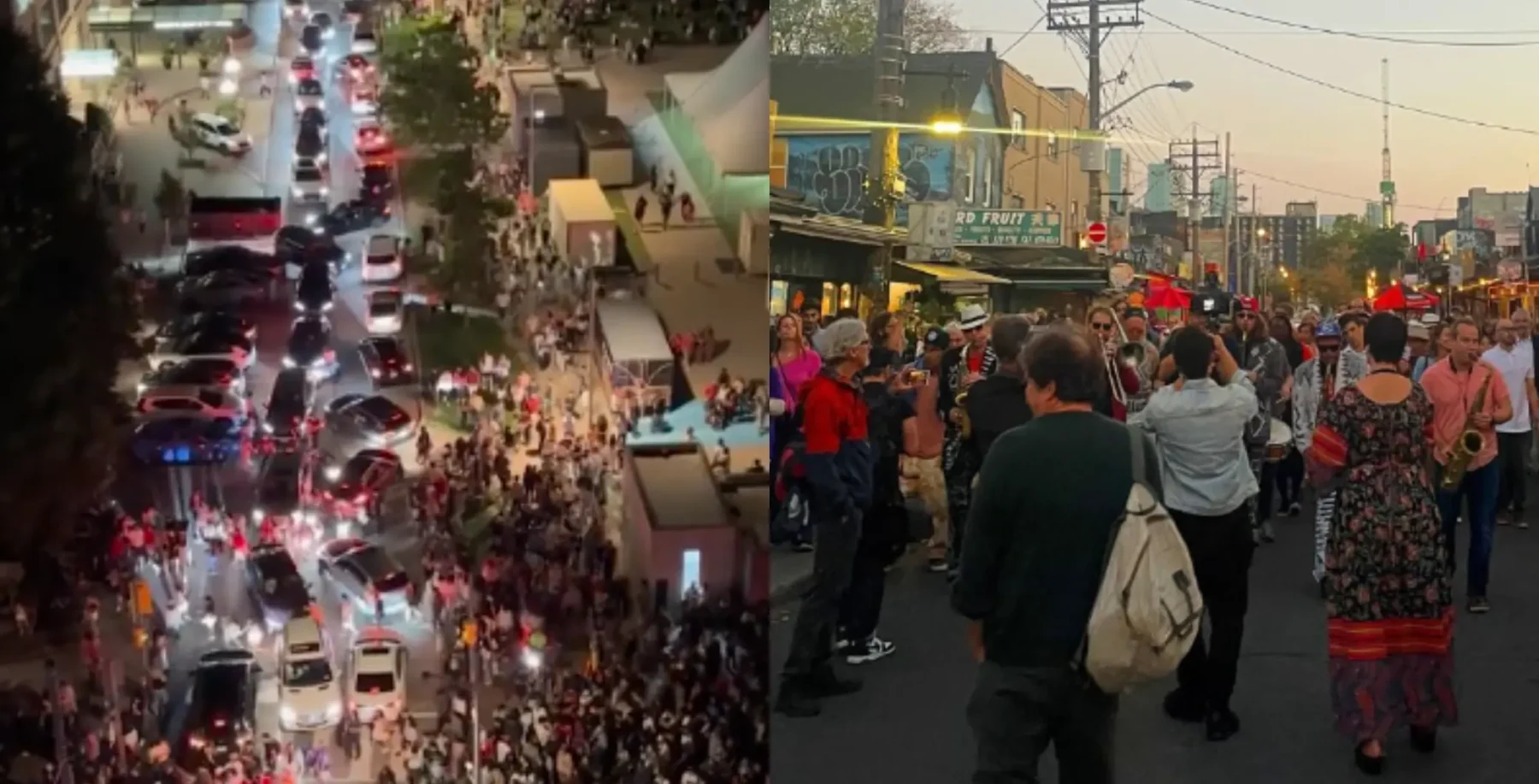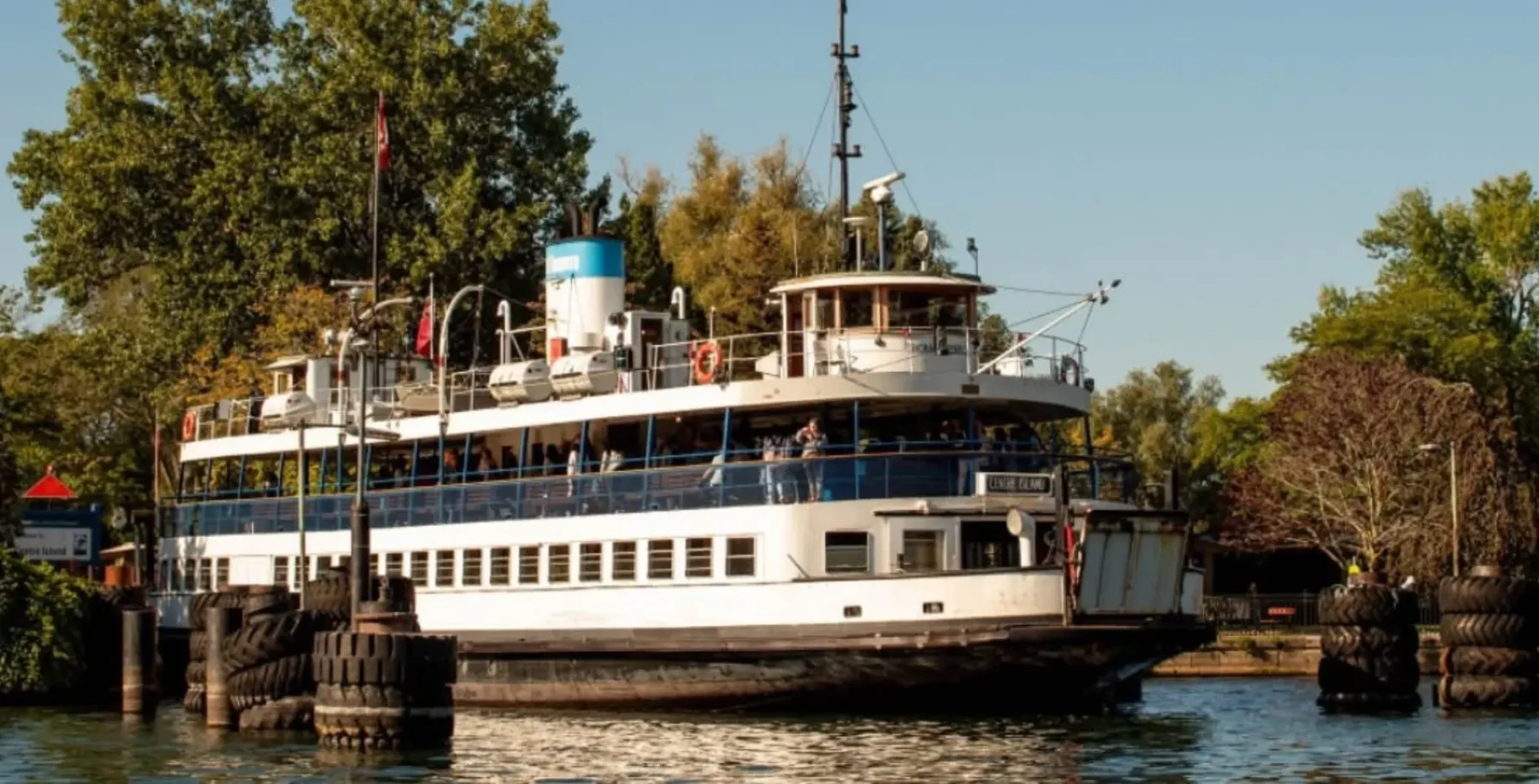
A Toronto woman who shares vlogs about navigating air travel in her motorized wheelchair says airlines need to do more to cater to those who require mobility aids after she had to be carried off a flight.
Twenty-six-year-old Tori Hunter recently flew to Liberia, Costa Rica from Toronto with Air Canada and had to be transported down the stairs off the plane in a broken chair because there was no flybridge or accessible way for her to disembark.
A video of the incident, shared by Hunter on her TikTok page last week, has almost 11 million views as of publication.
@torihunter.blog It’s Global Accessibility Awareness Day, so it seems like a fitting day to share what happened on my flight to Costa Rica last week. This is me, being carried down a flight of stairs in a broken aisle chair — no armrests, straps that wouldn’t tighten enough to keep my body in, and front wheels that were busted off. You can see from my face how distraught and absolutely terrified I was. The individuals that were sent to help me disembark this plane likely had very little training on how to do so; they kept having to place the chair down from not having the correct grip, and they were holding the chair completely sideways (hence my dad trying his best to hold my head so it didn’t completely fall over). We didn’t speak the same language so they continued along without understanding my repeated “no’s”. Never in my life have I felt so out of control and so disconnected from my body. I was never informed that this would be how I would have to disembark the plane, and it never crossed my mind given that this airport DOES use jet bridges. In fact, all of the other planes around us were pulled up to them. I love sharing my travels as a wheelchair user because I truly believe that there is so much in this world is accessible and I want to inspire people to experience that. But, this is one of those instances where traveling with a disability is, unfortunately, not so glamorous. It’s 2024, disabled people deserve a more dignified and safe way to fly. #rightsonflights @Air Canada ♬ original sound – Tori Hunter | Disabled Travel
“This is me, being carried down a flight of stairs in a broken aisle chair — no armrests, straps that wouldn’t tighten enough to keep my body in, and front wheels that were busted off,” Hunter wrote in the video’s caption.
Hunter was born with a neuromuscular condition called Spinal Muscular Atrophy, a genetic disease that progressively weakens muscle over time.
The young accessibility advocate is entirely dependent on her wheelchair to get around and described it to Now Toronto as “an extension of my body,” but said airlines continue to fall short when it comes to accommodating travellers with mobility devices.
Air Canada told Now Toronto in an email statement on Friday that it was not aware of Hunter’s experience until she shared it on TikTok.
“We have no record of this customer contacting us about her concerns which we only became aware of after her social media posts,” the airline said.
“Using a bridge is always a preferred option for both our customers, especially those with disabilities, and for us. Regrettably this was not an option in Costa Rica for this flight,” it continued.
“However, as part of our accessibility plan, we will be reviewing airport procedures, including for smaller foreign stations, with the aim of working with local airports and other partners to find ways to provide more consistent service,” Air Canada concluded.
For Hunter, and others like her, planning a trip that involves flying can be extremely stressful and time consuming because, unlike non-motorized wheelchairs, hers is considered cargo and therefore has to be loaded as luggage, in turn rendering her immobile.
“Air travel is the only form of public transportation that has not yet found a way to be accessible,” Hunter explained.
“When I take a taxi, when I take a bus or streetcar or a train, I’m allowed to remain in my mobility device for the entire time. And unfortunately, that’s not the case for air travel,” she continued.
Hunter recalled a recent 12-hour trip to Hawaii where she was confined to her airplane seat for the whole journey because she could not board the plane in her wheelchair.
This meant she was unable to use the bathroom for the entire duration of the flight.
Not being able to move also posed a number of risks to her health, including pressure sores and severe pain.
“I’ll often have to dehydrate myself days and days in advance of a flight because I know that I’m not going to be able to access a washroom,” she explained.
Hunter’s wheelchair is highly customized to her body and provides support for her neck and scoliosis.
“There’s so many things we have to consider when we choose to fly,” Hunter said.
However, Hunter says she has seen signs of progress.
“There’s an organization called Rights on Flights and they’ve done a lot of advocacy work towards making air travel more accessible and allowing people to remain in their mobility devices. And I believe it was Delta Airlines who did their first prototype aircraft where people can stay in their mobility device. So, the conversations are happening,” she said.
Hunter acknowledged that the staff sent to help her off her flight in Costa Rica were not to blame for the incident.
“At the end of the day, [airlines] are more concerned over profits than people’s safety,” she concluded.












